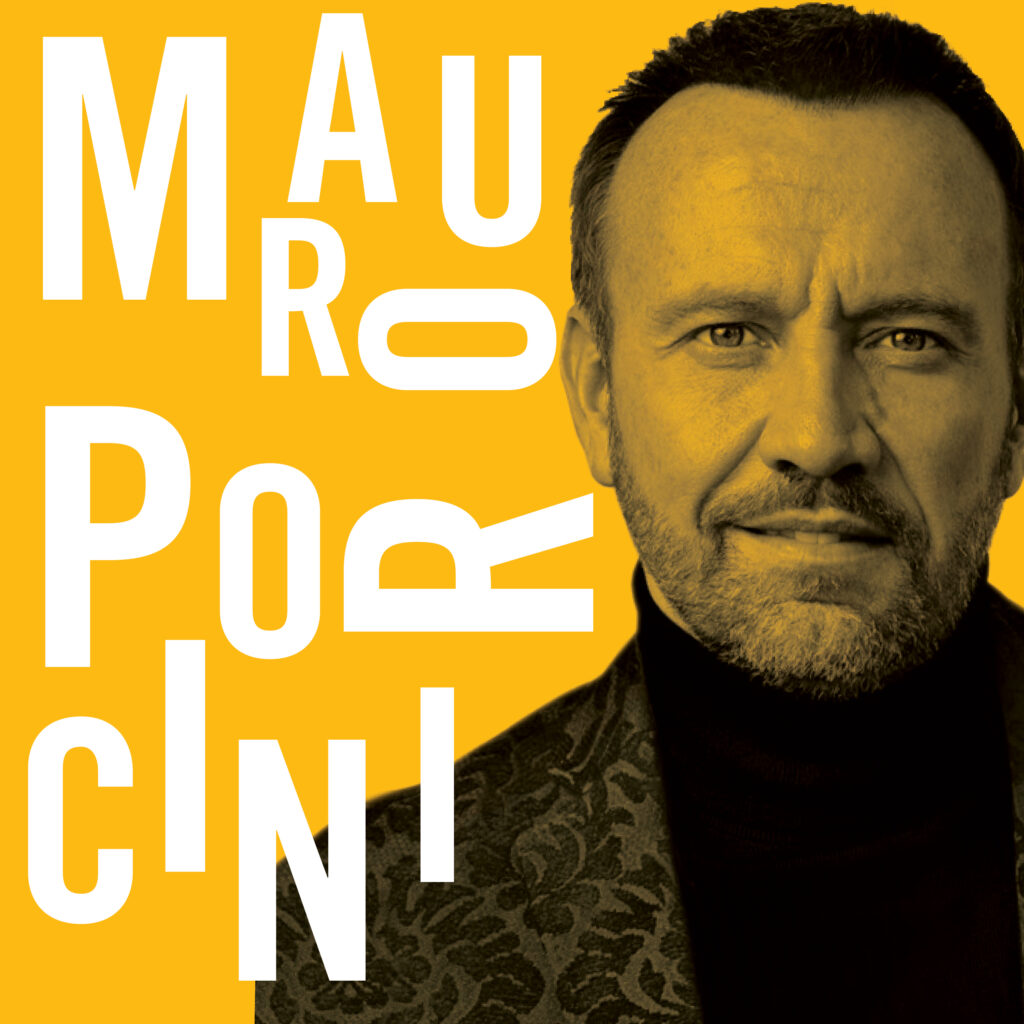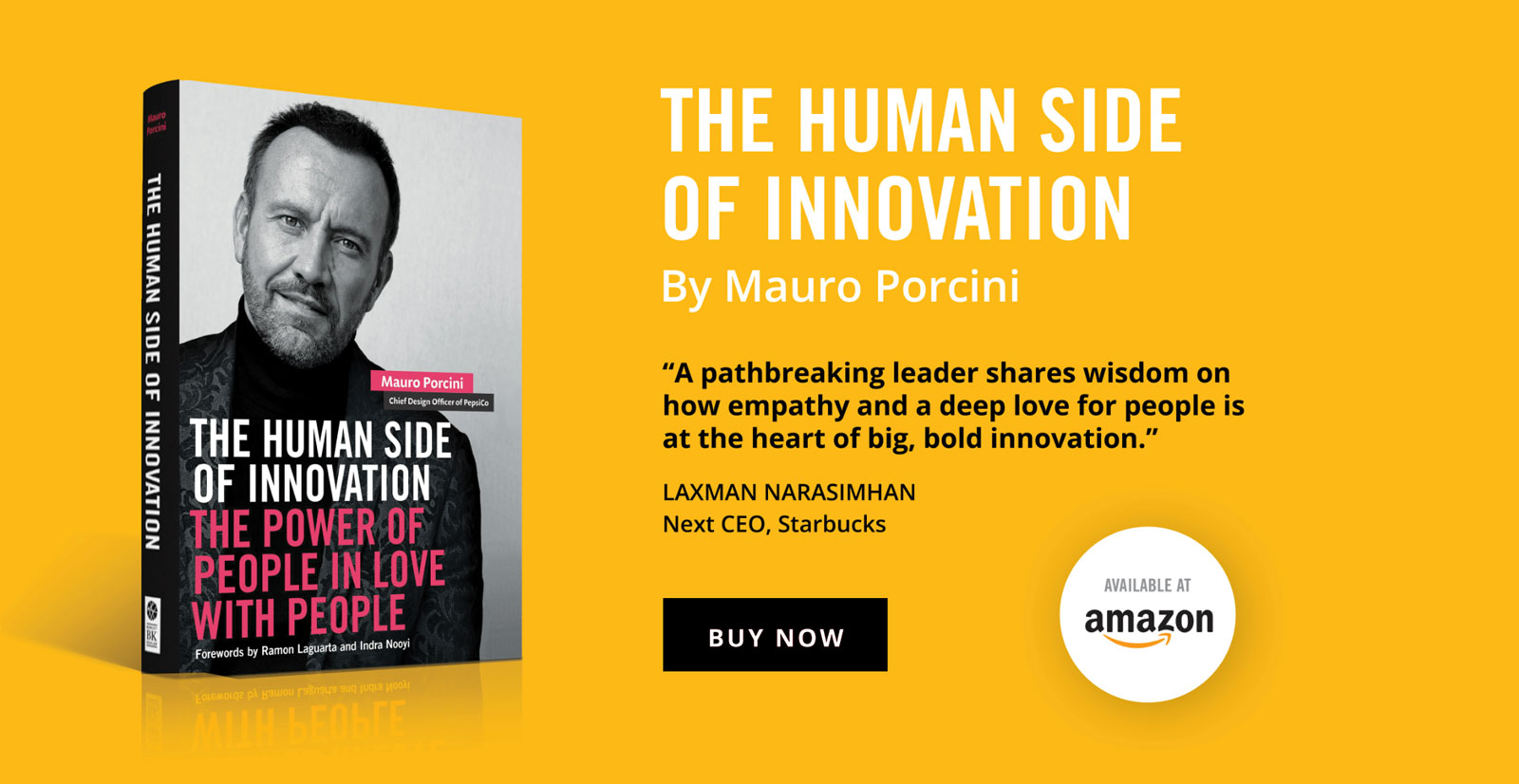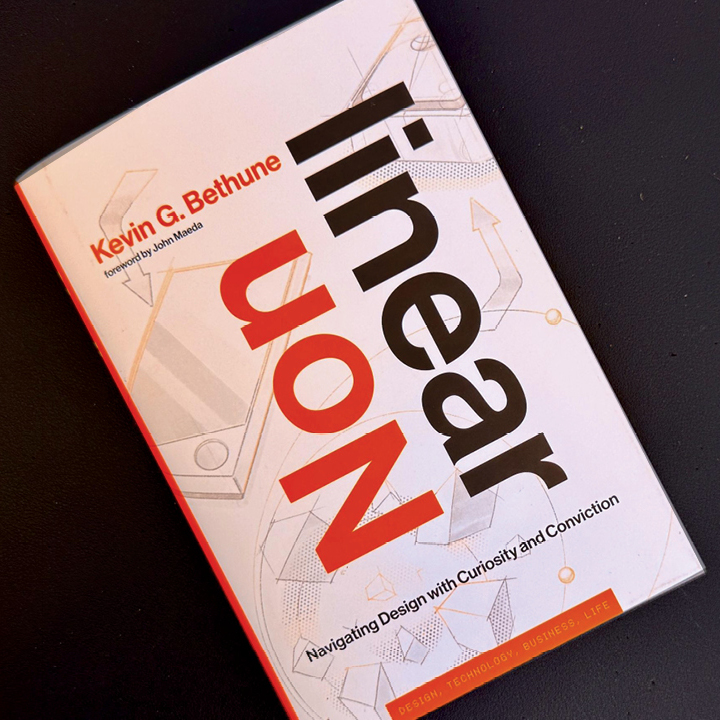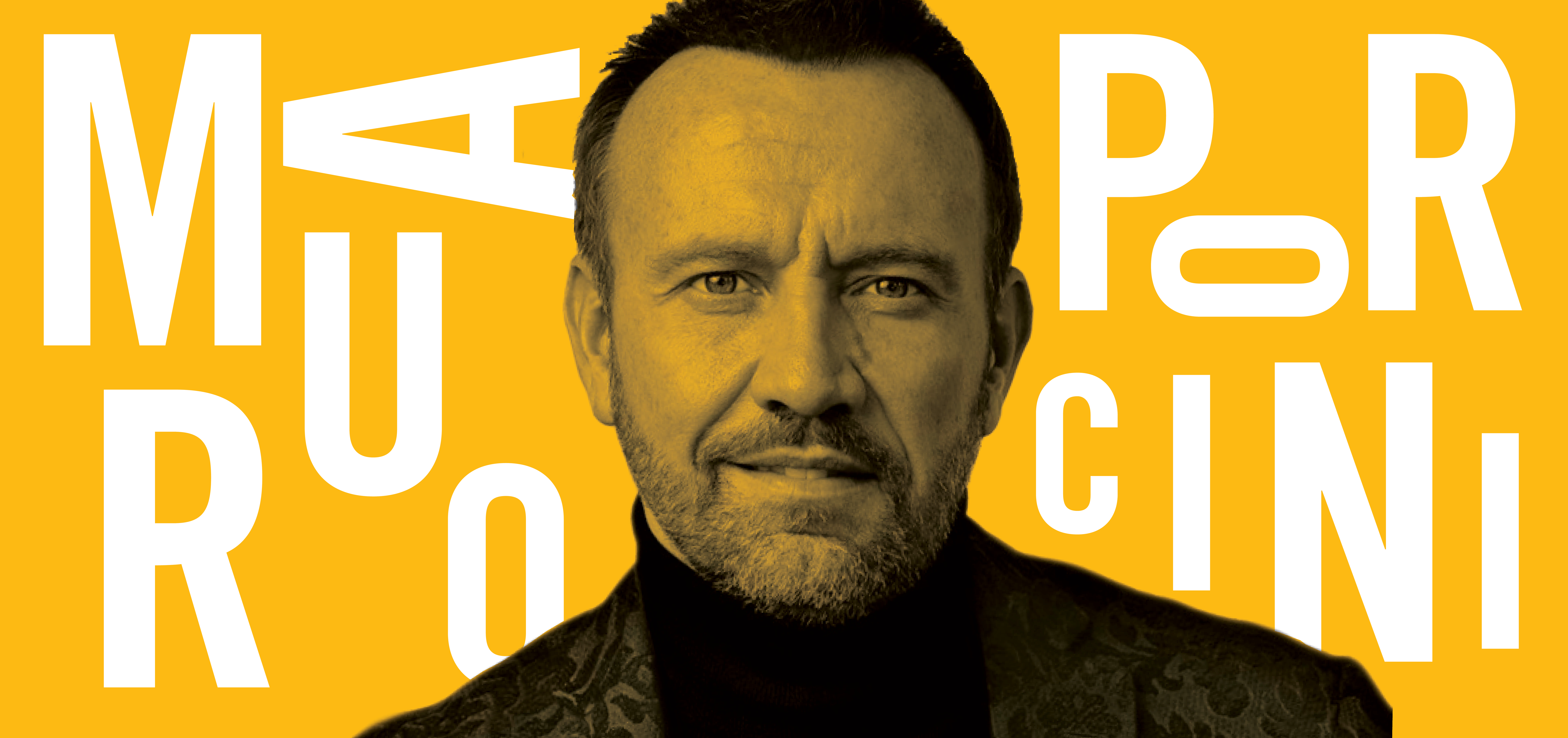
A conversation about the Human Side of Innovation
MAURO PORCINI TALKS WITH US ABOUT HIS LATEST BOOK
The uber talented and always inspiring Mauro Porcini, PepsiCo’s first ever Chief Design Officer, joined Alfredo Muccino from Solid and Andy Cunningham from Cunningham Collective in a video interview during which he shared insights from his recent book, The Human Side of Innovation. Mauro explained that one of the key elements for breakthrough innovation is having people on the team who are sincerely passionate about creating meaningful solutions for actual human beings. He calls these folks unicorns – and he explained who they are and why they need to be celebrated.
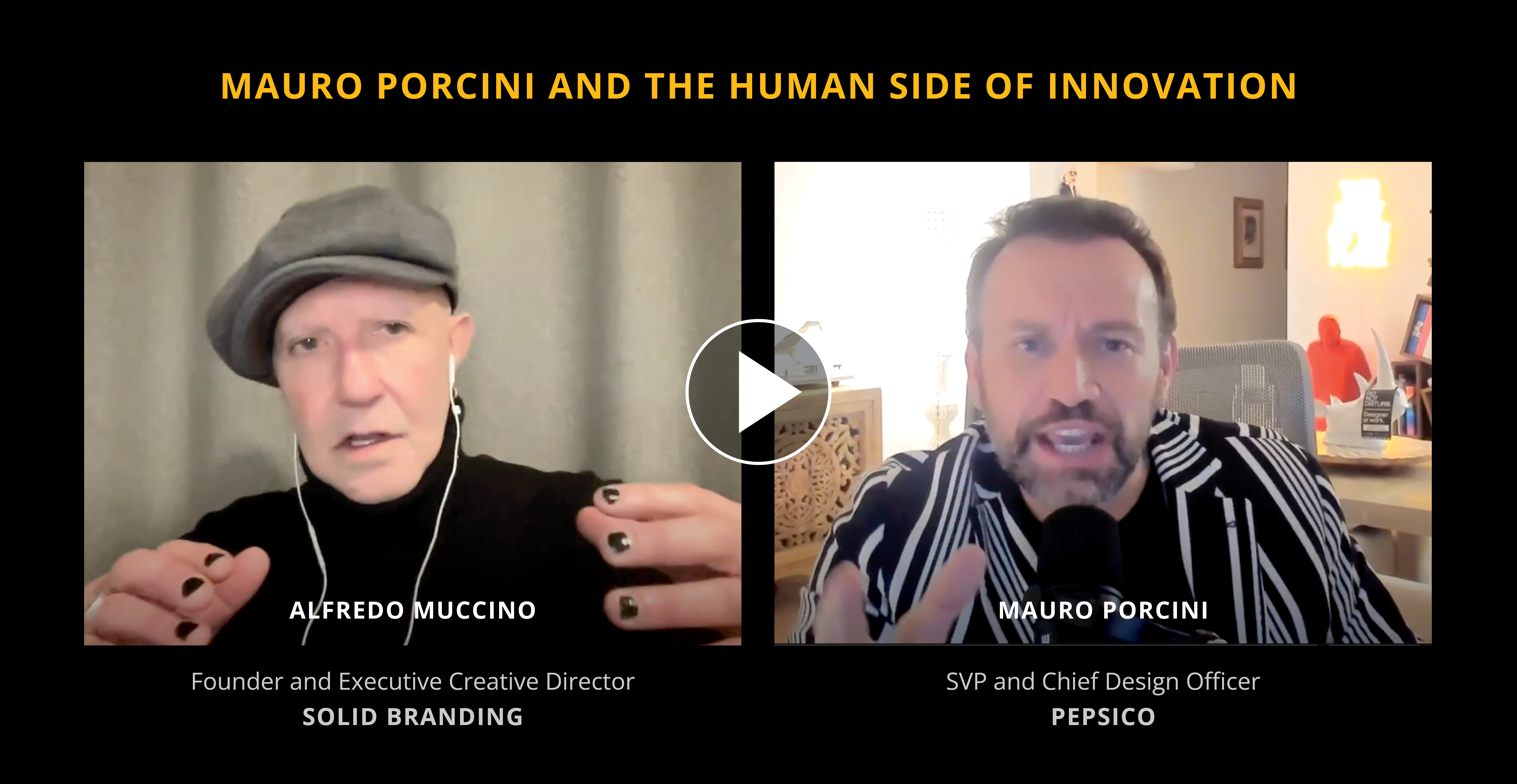
WE WANTED TO SHARE MAURO’S IDEAS WITH SILICON VALLEY
Mauro Porcini is a good friend, so he generously agreed to share his ideas with a group of people from Silicon Valley, a place widely considered to be one of the global centers of innovation. For those of you who do not know Mauro, let’s just say that besides being a very nice man, he’s also one of the world’s leading and most influential champions of design and innovation. As the SVP and Chef Design Officer of PepsiCo, he is infusing design thinking and people centered design into PepsiCo’s culture, impacting the entire company’s product platforms and all its brands. In his latest book, The Human Side of Innovation Mauro presents human-centered design as a catalyst for positive change. He advocates a deeply humanistic approach aimed at improving personal and social experiences as a way to create financial and economic value. These are ideas we love, and think are very important to share.
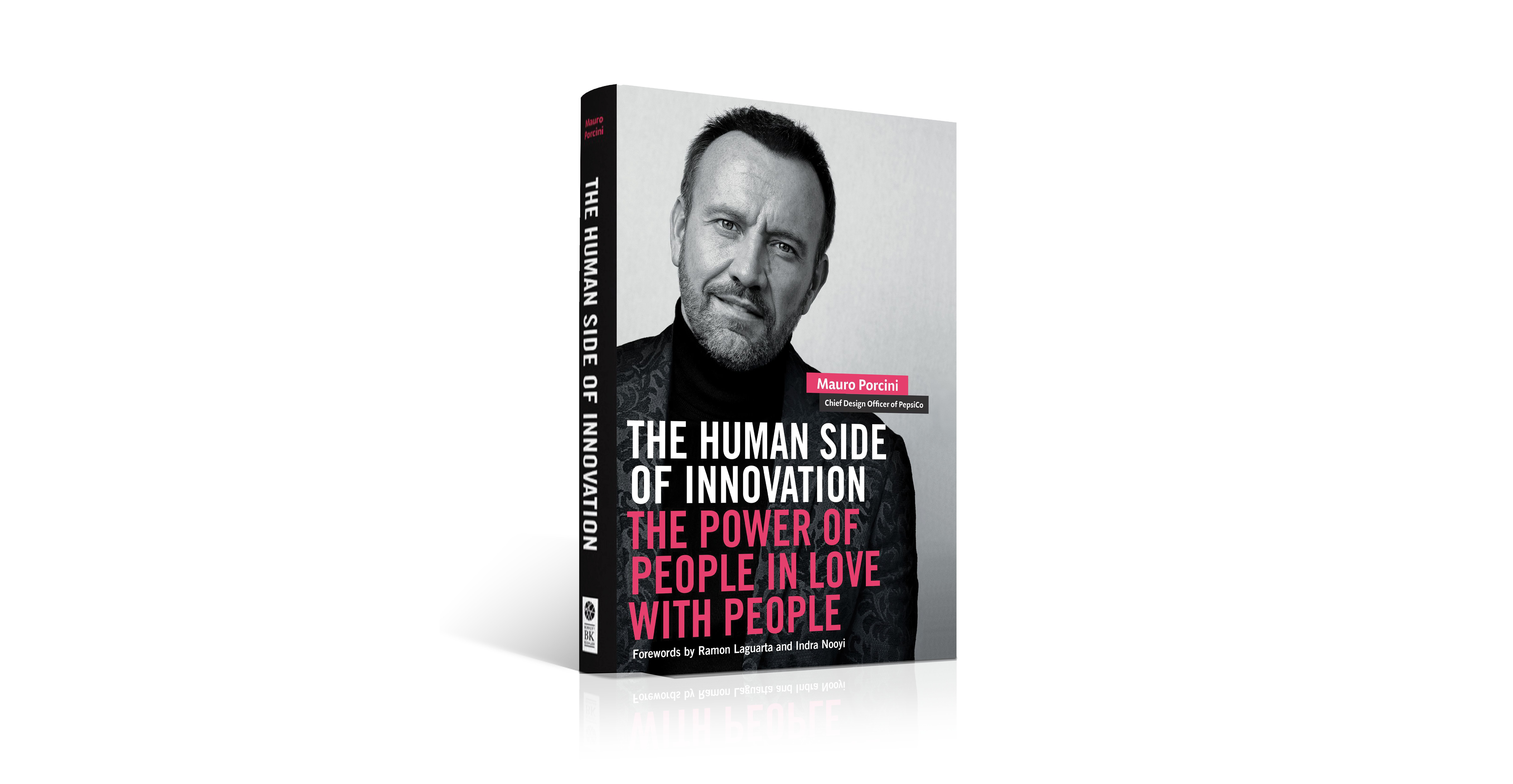
In his latest book, The Human Side of Innovation,
Mauro Porcini presents human-centered design
as a catalyst for positive change.
We also invited Andy Cunningham to join the conversation. Ever since she helped launch the Apple Macintosh in 1984 as a part of Regis McKenna, Andy has been considered a legend in Silicon Valley. We have been friends and collaborators for many years, and we were excited to have her participate. The interview took place via ZOOM, Andy joined the call from the Bay Area, Mauro participated from New York while Alfredo was in Paris. The link above will play a video recording of the session. Below you will find some excerpts from the conversation, along with some additional content that Mauro shared with us.
THE INTERVIEW
Note: The content below has been edited and adapted for brevity.
Why did you write this book?
First of all, I love writing and I always wanted to be an author. But more importantly, I felt there was a gap in the conversation about innovation that needed to be addressed. When we talk about innovation, we often speak about technology, ways of working, etc. but it seemed to me that we have neglected talking about the people who are behind the innovation. I believe that most true, life-changing innovation comes from people who act from a place of love for other people. With the book I wanted to share some thoughts about who these people are and the difference they make so that we can encourage more innovative solutions and make the world a better place.
What do you mean by innovation coming from a place of love?
Let’s think back about people in prehistoric times. These primitive people started to modify what was available in nature to make tools that they could use to hunt, cook, build, create, etc. Basically this was the beginning of what today we call innovation. The driver for this was to improve the quality of life for themselves. In other words, it was an act of love designed to fulfill their own needs, dreams and desires. As time passed and communities evolved people started making tools for people other than themselves, and they started trading what they made – which eventually evolved into making things to make a profit. Instead of people making stuff out of love, they started making it to make money. This shift created a “just good enough” approach in order to maximize profit. When you think about it, the business models of today have essentially evolved from this early approach. This is why I think we’ve ended up with so many average products…so much mediocrity.
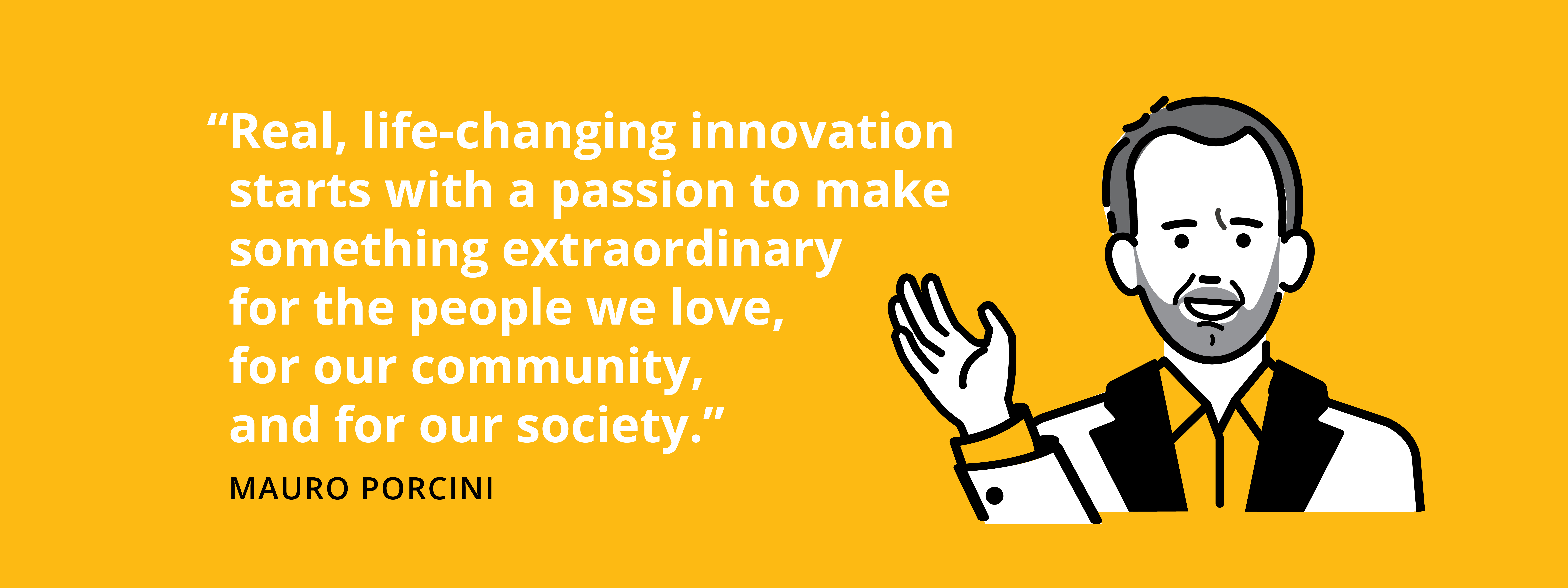
As a young designer this seemed like a very normal idea. I believed that making something extraordinary was the end goal for designers and for companies. This is what we were taught in school. However, when I started working I was told…”by the way…we need to make money”. All of a sudden, the driver was no longer a passion to make something great. Instead it became, profit, profit, profit.
Luckily, in the last few years things have started to change. Thanks to technology, globalization, and other factors, the barriers for entry in business have been lowered – enabling people with a good idea to suddenly compete with larger companies. This new dynamic is forcing companies to rethink their profit-first driven approach, because it leads to average products and in today’s environment companies won’t survive like that. Today, companies are starting to take a much closer look at people’s needs, dreams, desires, etc. as the drivers for product design. This is what I am trying to insert into companies, because I think it is a great trend. I believe that we need to encourage cultures that focus sincerely and authentically on putting people first. Profits need to be considered, of course, but they can’t be the main driver for design. I believe that we need to make products driven by a passion to improve people’s quality of life through extraordinary products. We need to put people first. This is what I call innovation driven by a love for people.
In your book you wrote that we are entering the Age of Excellence.
What do you mean by this?
Today, funding for an idea is more accessible than ever. This is especially true in Silicon Valley, of course. People with a good idea can find funding through VCs, angel investors, crowd-funding platforms, incubator funds, etc. Many people get out of college today not dreaming about working for a big company…but dreaming about building the next big company and creating something disruptive. Also, the cost of manufacturing is decreasing due to globalization, new technologies, etc. Lastly, today you can reach the end user much more directly in many different industries through e-commerce platforms, social media, etc. These are the areas where established companies had built those barriers to entry I mentioned earlier – scale of manufacturing, scale of distribution and scale of communication.
So, we’re entering an age where the road to success for large and small companies today is to create something extraordinary for people, in all of the different dimensions of the product experience. Your brand must be extraordinary across every possible touch point. You must to start with the product itself, of course, but also the packaging must be amazing, the communication strategies must be compelling, the branding must be purposeful and relevant, the manufacturing must be responsible and sustainable, etc. If these factors are not considered, you create opportunities for competitors to make equivalent products but capture the attention of your potential customers because of some of these other factors.

The way you become an extraordinary company today is by building the company’s culture, its DNA, around a passion to create something extraordinary. Every part of your company needs to be committed to excellence. This is what I have been working on throughout my career. I have been helping companies focus on becoming extraordinary. But it’s not just me…I can’t do it alone. In fact, in the book I touch upon the notion that relying on one person alone does not cut it anymore…to become an extraordinary company we need that the people in the organization embrace a passion for excellence. And this applies not just to designers…it cuts across every title and every role in an organization.
By the way, some people are especially good at it. They are the folks I call the “unicorns” – the people in love with people.
Can you provide more detail about the concept of a “unicorn”?
The term “unicorn” was coined at PepsiCo, working with my team. We started making a list of characteristics that applied to the type of people we wanted to attract and nurture at PepsiCo. And we realized that they were so incredibly difficult to find that they were like the unicorns from mythology…they just don’t exist. In fact they don’t exist in the purest sense of the word…but we can work to better ourselves and strive to become unicorns. In the book I outline 23 characteristics of a unicorn. Some of the most important characteristics are the ability to dream, the power of curiosity, the impact of kindness, the need for optimism, and many others. Let me give you a few examples.

Some of the most important characteristics
are the ability to dream, the power of
curiosity, the impact of kindness,
the need for optimism, and many others.
One of the unicorn traits is the ability to dream…to have a vision. All of us were born with the ability to dream. As kids we did it all the time. We dreamt about an extraordinary life. And at some point, as we were growing up, we were told that dreaming is childish. Yet, many of us held on to that notion…and we went to college and dreamt about making a difference in the world. Then we got jobs and kept dreaming about how to disrupt these companies and do something BIG. All too often, we were reminded that our ideas were not practical or realistic…maybe even arrogant. Yet, dreaming is so important. If you want to make a change you should NEVER stop dreaming. Of course, dreaming alone is not enough. A unicorn is the type of person who can balance the ability to dream with the ability to make something happen. They move all the time from one dimension to the other…dreaming and doing. It’s not easy, by the way. As a matter of fact, sometimes these abilities are not embodied in one person alone. There are many examples where innovation was the result of a combination of people…the dreamers and the ones who could make those dreams become reality.
It all started when I was trying to lower the rate of failure of some of the projects that I had been working on. I tried to adjust objectives and improve methodologies, processes, tools, etc. Suddenly, I realized that often the difference between success and failure was in the people working on those assignments. So, I started making a list of the qualities of the folks who were catalysts for success. Eventually I provided that list to HR and asked them to help us find people who matched these traits, because I knew that we needed those people for us to enable more innovation.
Can we become unicorns and also help others become unicorns?
There are three key things to keep in mind: awareness, embodying, and storytelling. The first thing is to be aware about the behaviors of unicorns. In my case, I started by writing them down, which by the way, is a design thinking practice. The act of writing things down is essentially like building a prototype. It helps you crystallize your ideas and understand them better. To becoming more aware of the behaviors it is important to identify them, prioritize them, and define them. Writing them down is key to this.
Next, you need to start embodying those traits. In my case, after writing them on pieces of paper, I put those notes on the walls of my office as a self-reminder to model those characteristics….which I did almost to an extreme. I would challenge myself with questions like: How can I be really kind? How can I be really optimistic? How can I do this in a tangible and visible way? This was important for my team and to build culture…but was also important for me. The more I practice those behaviors the better I become.
There are three key things to keep in mind:
awareness, embodying, and storytelling.
The other thing that is important is storytelling. For one, it is important to identify the unicorns in the company and celebrating them…making them ambassadors for the passion that drives them. Turn them into heroes. By the way, I have met many unicorns in my life, and I always invite them to share their stories, because in doing so they can inspire others. I’ll give you an example – Joe Gebbia – one of the co-founders of Airbnb. Anyone who knows or has worked with Joe will describe him as one of the kindest, most empathetic leaders they know. He built an amazing company…and he did it with purpose in his heart and by treating people with kindness. I wish Joe would talk more about this, because it is important for companies to understand that this type of leadership really works
Why do you think that your message is particularly relevant now?
As we begin to move past the COVID pandemic, with the winds of recession and wars in our backyard, with new active conversations going on about worklife balance and the role of people in business – threatened by AI and new technologies – this book wants to deliver a powerful message: we need to put people at the center of everything.

We need to refocus everything we do on the human being. The person driving the innovation process and the person we innovate for. From people to people – people in love with people. That’s the most powerful way to succeed, to produce business growth and ultimately grow societal happiness. I believe we’re entering a modern renaissance, where humanism can finally be the answer to many of our problems in business and society.
– – – – – – – –
INSPIRE YOUR TEAMS:
SHARE THIS BOOK WITH THEM!
What could we do for you?
We help companies launch new brands, revitalize existing brands, and manage transitions due to mergers, acquisitions and divestitures. We deliver strategic branding initiatives that include naming, logos, packaging, websites, videos, environmental and event design, product design, advertising, and much more. Ultimately, we aim to build awareness, differentiation and preference for our client’s brands.
Imagine what we could do for your brand!

